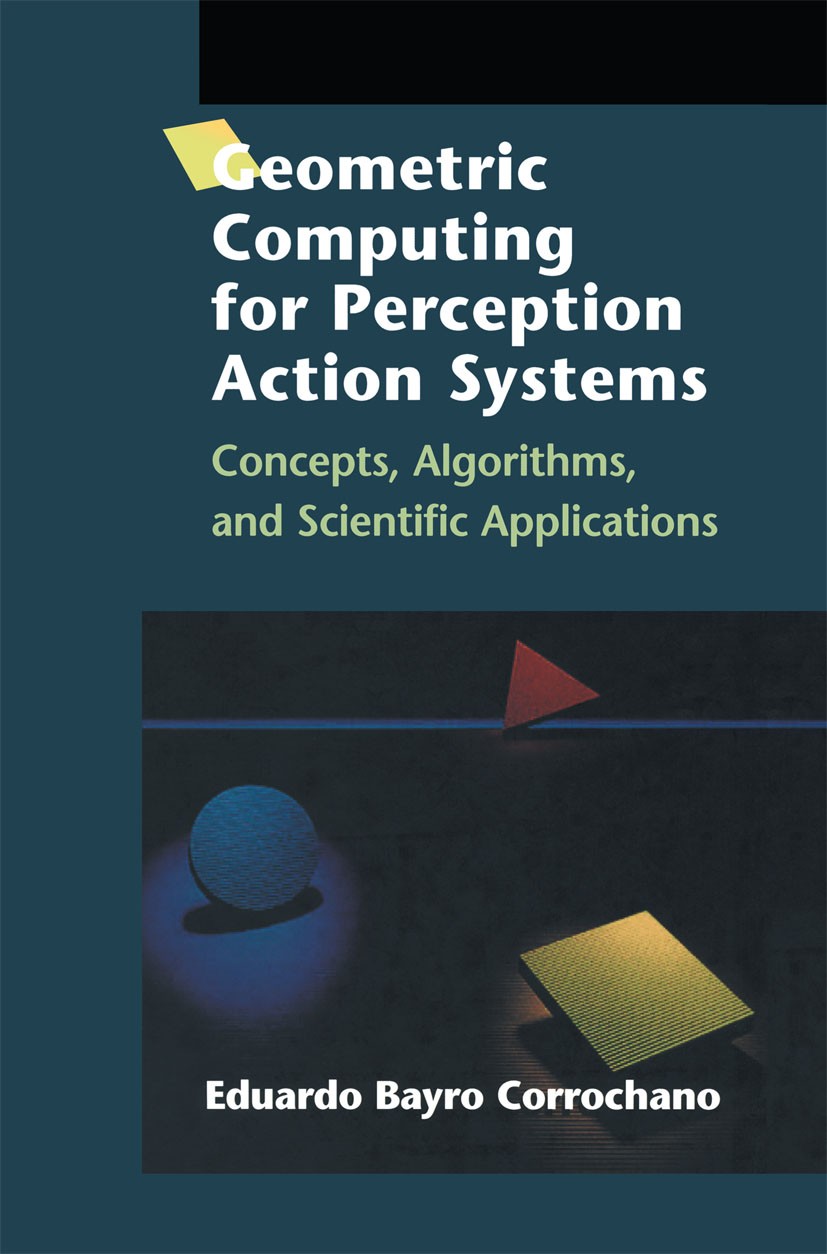| 書目名稱 | Geometric Computing for Perception Action Systems | | 副標(biāo)題 | Concepts, Algorithms | | 編輯 | Eduardo Bayro Corrochano | | 視頻video | http://file.papertrans.cn/384/383484/383484.mp4 | | 圖書封面 |  | | 描述 | All the efforts to build an intelligent machine have not yet produced a satisfactory autonomous system despite the great progress that has been made in developing computer hardware over the last three decades. The complexity of the tasks that a cognitive system must perform is still not understood well enough. Let us call the endeavor of building intelligent systems as the construction of Perception Action Cycles (PAC). The key idea is to incorporate representation and learning in a flexible geometric system. Until now this issue has always been a matter of neurocomputing. The most frequently used algebraic system for neurocomputation is matrix algebra. However, calculations in geometric algebra often reveal a geometric structure which remains obscure in the equivalent matrix computations. The development of PAC in a unified comprehensive mathematical system is urgently needed to bring unity and coherance to the problems of artificial intelligence. Accordingly, we are motivated by the challenge of applying geometric algebra to the development of PAC systems. Geometric algebra provides the general mathematical framework for the development of the ideas of multi-linear algebra, multi | | 出版日期 | Book 2001 | | 關(guān)鍵詞 | Algebra; Processing; Variable; algorithms; artificial intelligence; complexity; image processing; robot | | 版次 | 1 | | doi | https://doi.org/10.1007/978-1-4613-0177-6 | | isbn_softcover | 978-1-4612-6535-1 | | isbn_ebook | 978-1-4613-0177-6 | | copyright | Springer Science+Business Media New York 2001 |
The information of publication is updating

|
|
 |Archiver|手機(jī)版|小黑屋|
派博傳思國(guó)際
( 京公網(wǎng)安備110108008328)
GMT+8, 2025-10-13 14:47
|Archiver|手機(jī)版|小黑屋|
派博傳思國(guó)際
( 京公網(wǎng)安備110108008328)
GMT+8, 2025-10-13 14:47


